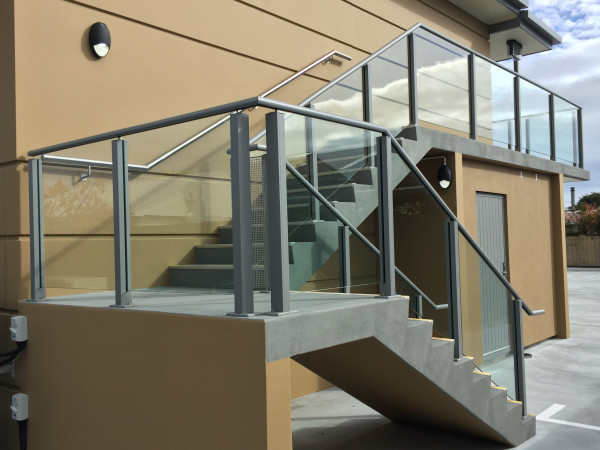At the most basic level stairs are a functional way to connect different levels of a property. However, such a large (and important) part of a home, possesses tremendous potential to elevate and influence the overall style and aesthetics of a living space. One key aspect that will contribute to this is the selection of the balustrade barrier and handrail**. Essential components that provide stability and support but also offer the opportunity to add personal style and add to the visual appeal of a home.
Safety should be the number one concern and prerequisite for choosing a potential balustrade and handrail to be fitted and they must be capable of preventing falls and supporting individuals leaning and gripping them. NZ building regulations that govern stair design and safety are in place to protect and minimise the risk of accidents. They specify the minimum height requirements for balustrades and handrails* and as a result, it is essential to work with experienced balustrade installers who are familiar with the regulations and can provide compliant solutions that align with your visual preference.
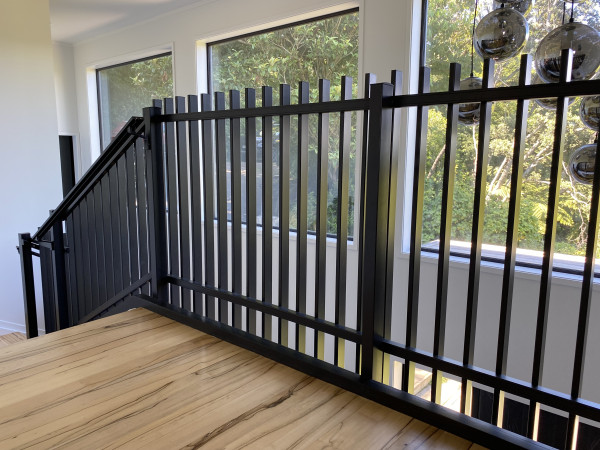 Edge Stecca Internal Balustrade and Handrail
Edge Stecca Internal Balustrade and Handrail
What are the NZ Building Code Regulations for Stairs?
Height regulations. There is a minimum height requirement for balustrades, which on a stairway is the safety barrier installed alongside stairs. In most areas of a residential home, including stair landings, the minimum height for balustrades is set at 1000mm. However, it's important to note that for stair balustrades specifically, the minimum height is slightly lower, at 900mm. This distinction recognizes the need for added safety on stairways and ensures that the balustrades provide adequate protection for users. Handrail Height Requirements. Handrails play a vital role in providing stability and support while using stairs. According to NZ building regulations, handrails should have a minimum height of 900mm from the stair pitch, which is the slope or incline of the stairs. The handrail should run continuously along one side of the stairway to facilitate safe and secure movement. While the minimum height requirement is 900mm, it is acceptable for handrails to extend up to 1000mm to accommodate different user needs and preferences.
So how to go about Choosing an Attractive and Safe Balustrade?
When it comes to selecting the right balustrade style for your home, the sheer number of options available can be overwhelming. There is a simple trick that can be used to narrow down the choices and find the perfect match. By stepping back and identifying the style of your home, you can pinpoint the features or themes you gravitate towards to guide your decision-making process. Whether leaning towards minimalist, industrial finishes, or softer country styles, taking cues from your existing décor will help find a balustrade style to seamlessly complements your home's overall design and consider the type of fixing and the final colour to ensure seamless integration, and enable a confident balustrade style selection that enhances the overall beauty and elegance of the home.
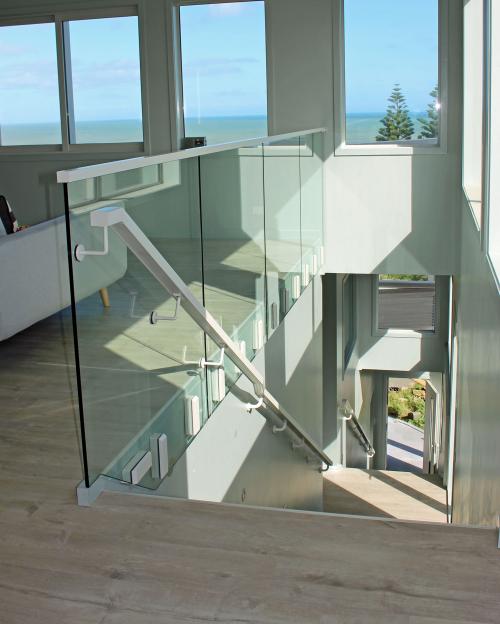 JH Clamp & Rectangular Handrail
JH Clamp & Rectangular Handrail
What Balustrade Infill Material?
When it comes to choosing materials for balustrades and handrails, the options available today far surpass those of the past. Gone are the days of limited choices and high maintenance. Instead, modern hardwearing materials offer excellent value and durability.
A popular option is powder coated aluminium handrails with toughened safety glass infills. While they may have a higher upfront cost, they prove to be a worthwhile investment in the long run as they last longer than their painted timber counterparts and require minimal maintenance. Glass balustrades are popular due to their sleek and contemporary look and provide a clean and clear finish that creates a sense of openness and spaciousness in the stair area. For a frameless glass balustrade finish, you can opt for minimalist round discs or rectangular JH Clamp fixings, Mini Posts, or an enclosed channel finish. These options create a seamless and uninterrupted glass surface, which is highly desired by customers and designers. Alternatively, more traditional looks are available such as aluminium balustrade posts with glass or baluster infills, which can be customized with semi-frameless or framed designs.
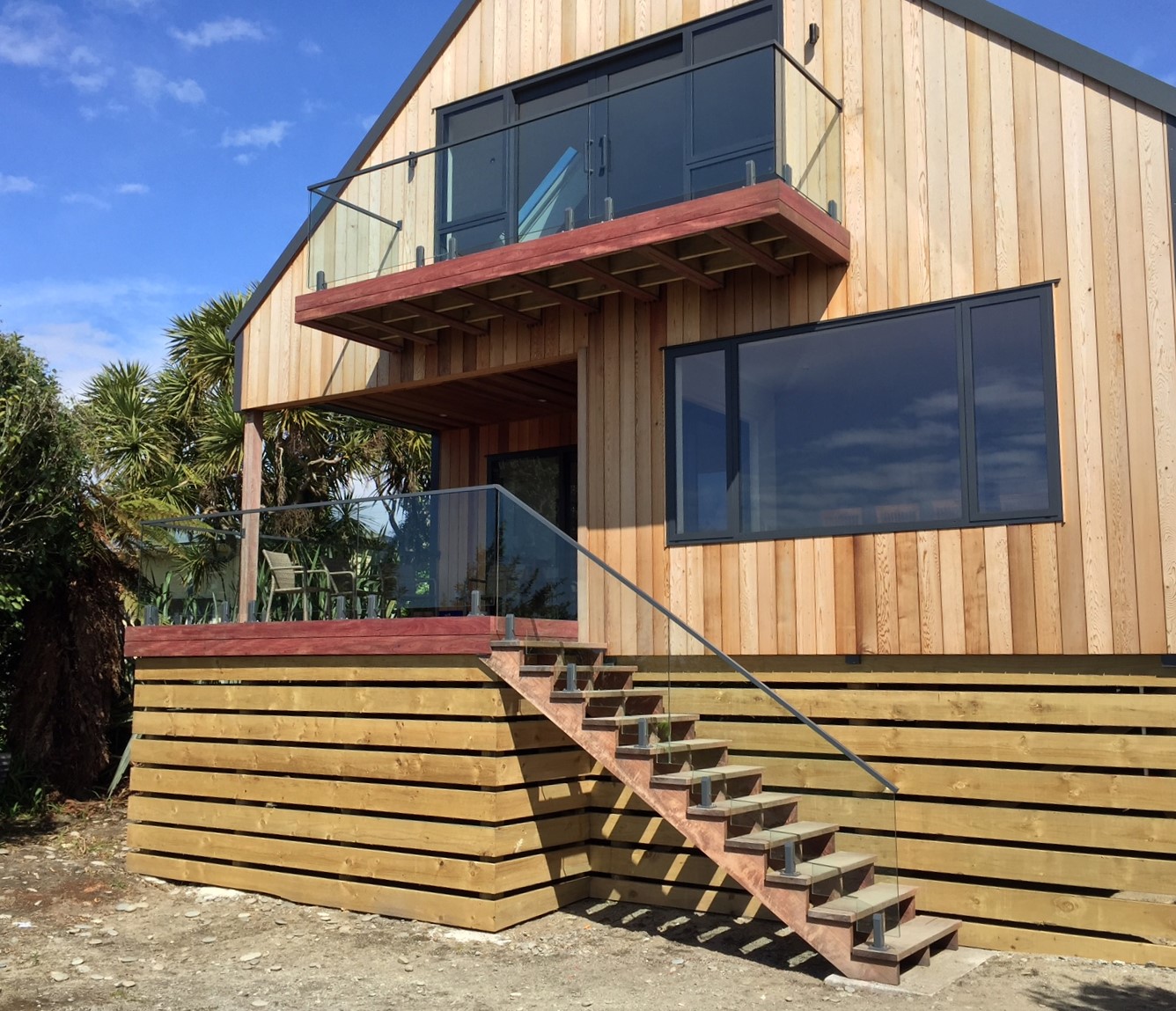 Edge Mini Post and Handrail
Edge Mini Post and Handrail
Recent regulation changes have made top rails or handrails a common requirement for all frameless glass balustrades. Although this may seem like an interruption to the sleek glass finish, manufacturers have introduced slim, low-profile top rails that minimize their impact on the overall look. These top rails can be replicated in the handrails, creating a cohesive and blending effect. For those who prefer a more traditional approach, standard handrails are a reliable option. They come in a variety of shapes, styles, and sizes, complementing the range of balustrade options available.
HomePlus and our network of nationwide installers take great pride in installing beautiful balustrade and handrail combinations in homes throughout NZ. Our selection of modern hardwearing materials ensures both style and longevity, providing homeowners with peace of mind and a stunning finish.
ADD IMAGE
*Handrail heights on stairs and landings https://www.building.govt.nz/building-code-compliance/f-safety-of-users/f4-safety-from-falling/barriers-and-handrails/
**There are some limited options for glass balustrades not requiring a top rail, please talk to your balustrade installer about them
Recent Blog Posts
Architectural aluminium fixtures are used in the design and construction of many modern buildings.
4 April 2024On 11th December 2023, the building industry witnessed a pivotal moment with the implementation of new regulations, reshaping...
21 December 2023Louvre Roof WhakataneSummer is around the corner and as the days grow longer and the temperatures rise, there's...
16 November 2023HomePlus® has been providing shower hardware inspiration for over 50 years and is passionate about the design, manufacture,...
9 October 2023Login
Don't have an account? Sign Up!
If your account was created on the old site, please, click here to reset your password first.
Sign Up
Already have an account? Login here!
Update Details
Looking for something?
Enter a search in the field below.

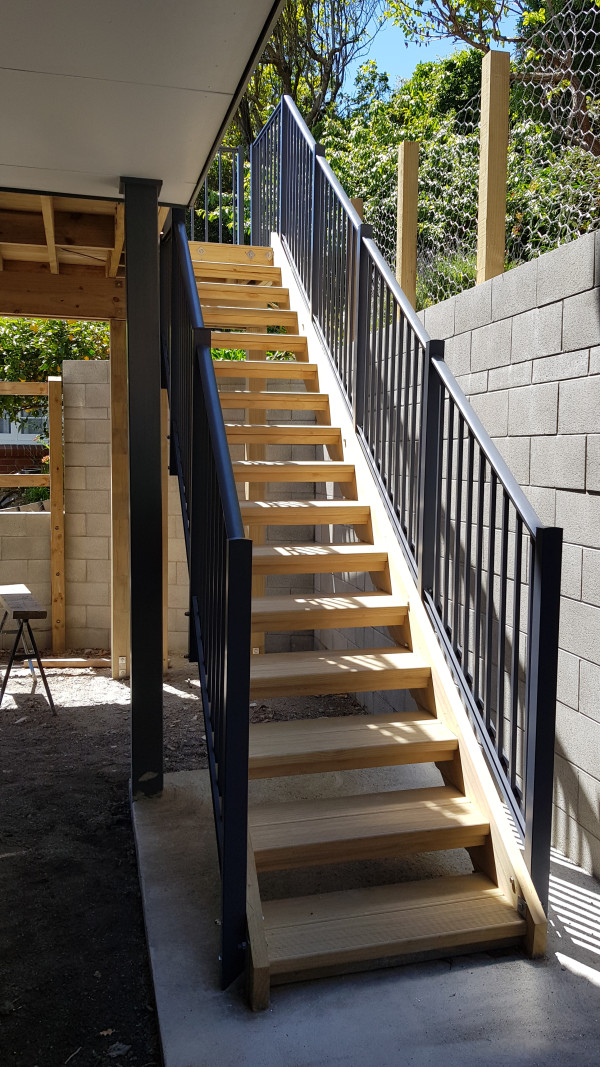 Homestead Balustrade
Homestead Balustrade